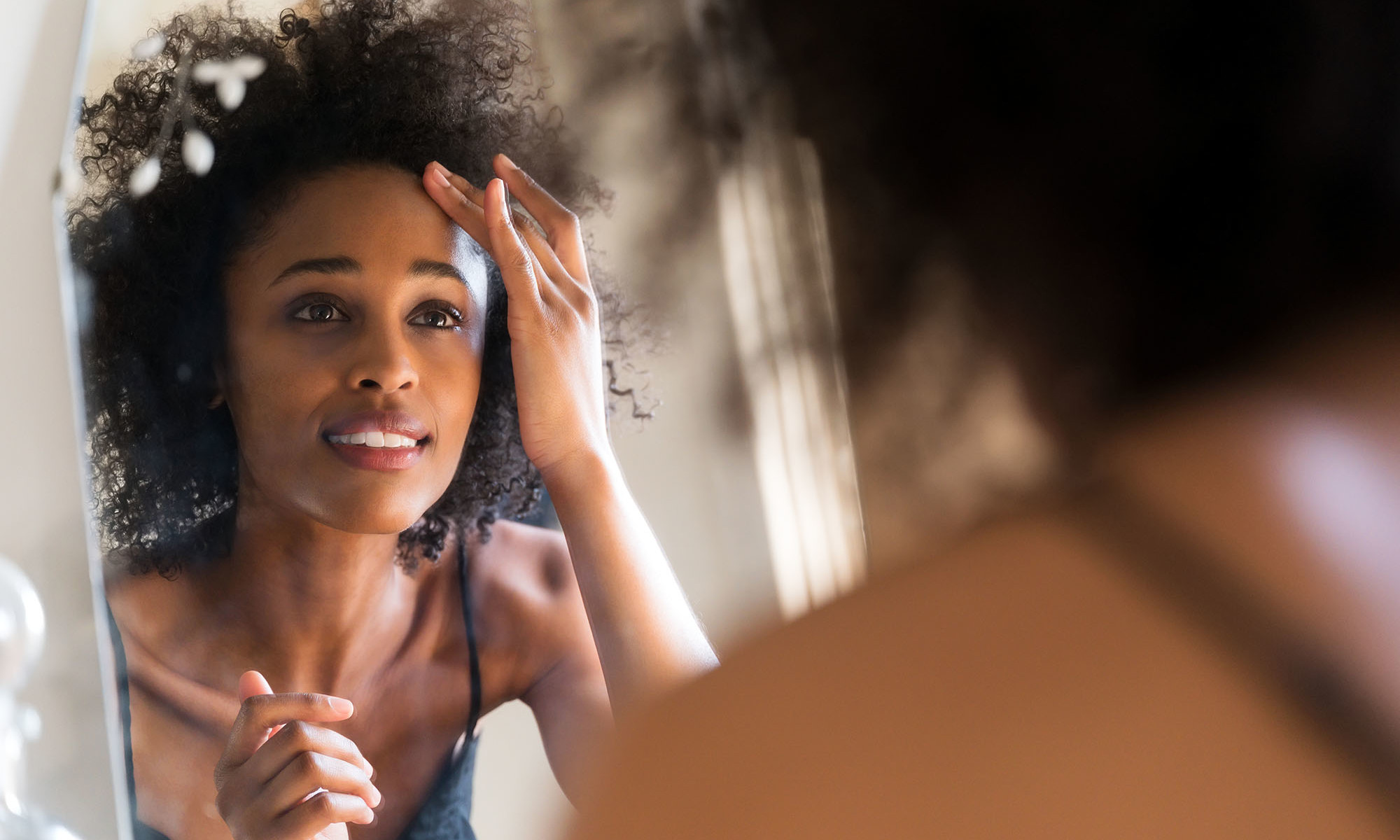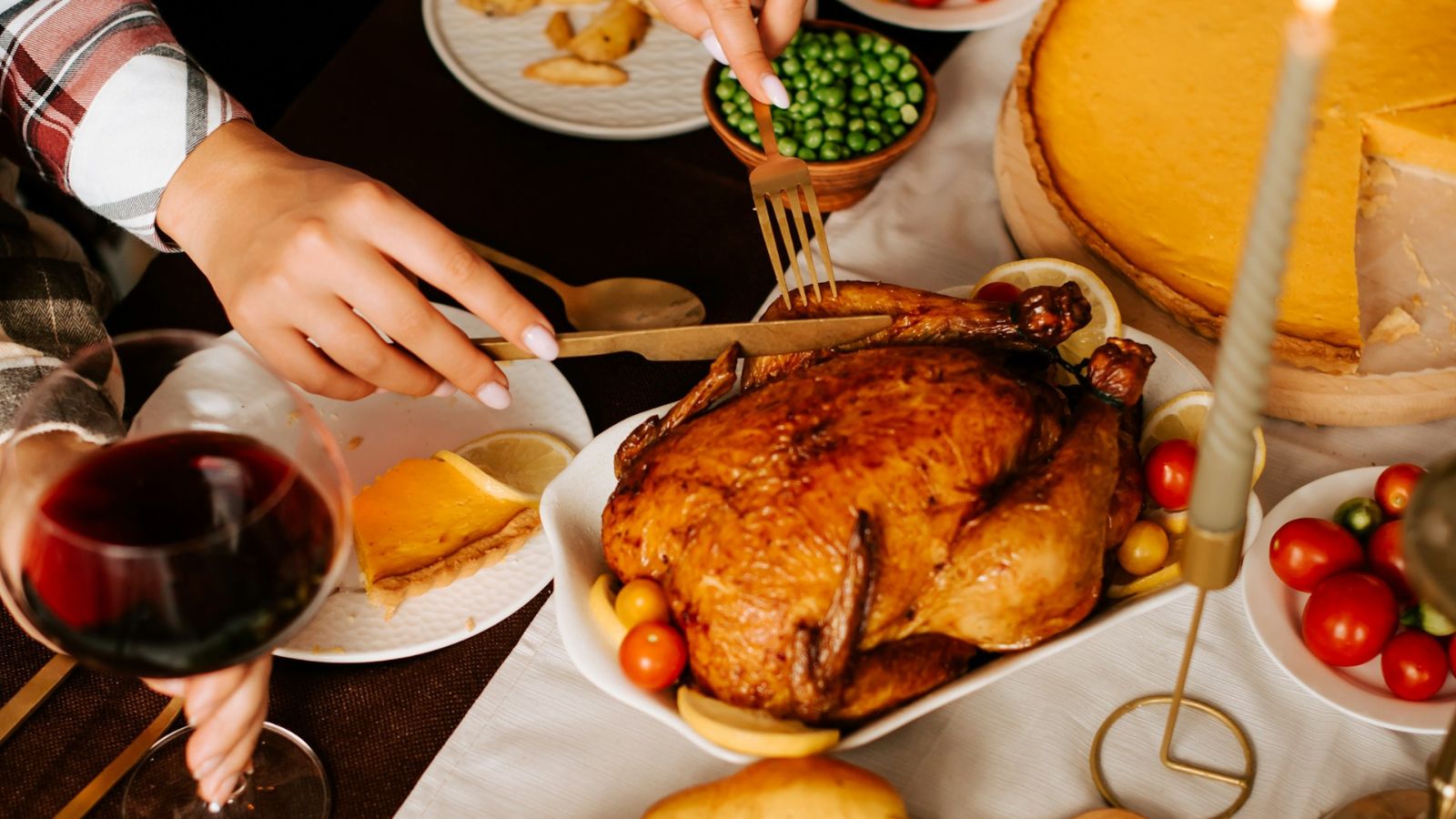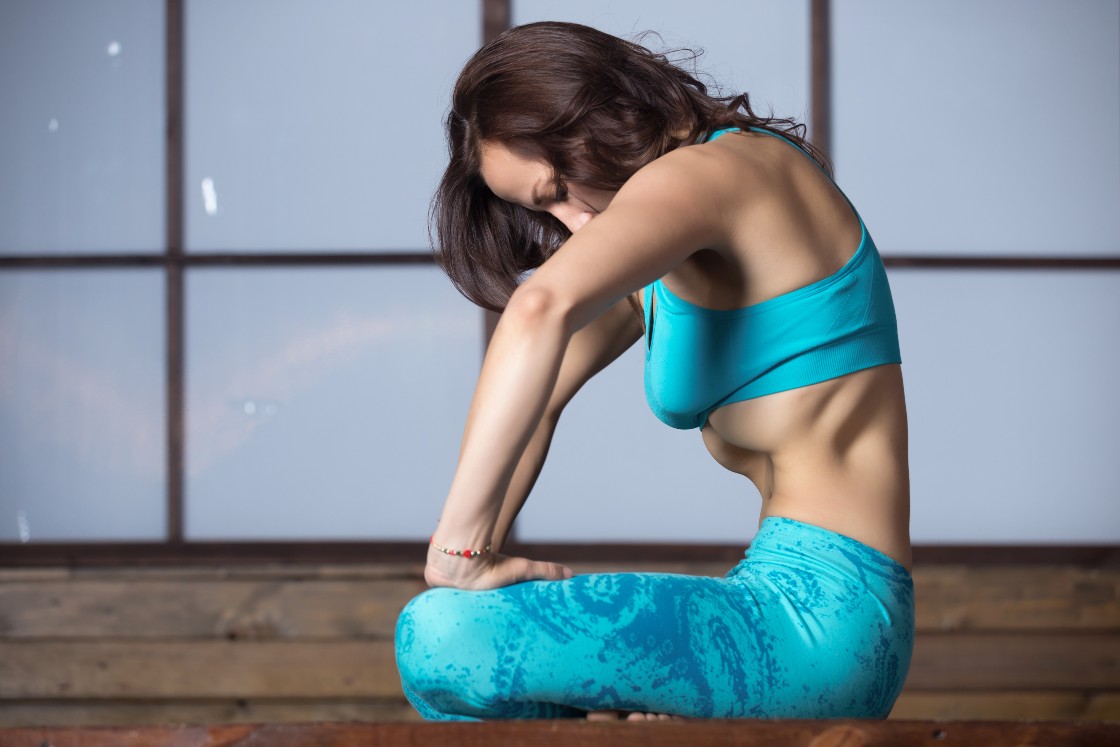The Ultimate Guide to Lymphatic Drainage Massage: Boost Circulation, Ease Tension, and Detox Naturally
Our bodies are designed to self-cleanse, self-heal, and self-regulate – but sometimes they need a little help and that’s where lymphatic drainage comes in. A gentle, effective form of wellness care, lymphatic drainage massage is popular in the wellness...


Our bodies are designed to self-cleanse, self-heal, and self-regulate – but sometimes they need a little help and that’s where lymphatic drainage comes in.
A gentle, effective form of wellness care, lymphatic drainage massage is popular in the wellness world for good reason.
In a world where we often look outside ourselves for solutions, lymphatic drainage massage reminds us of the healing potential we already carry within.
In this guide, we’ll break down what the lymphatic system is, why supporting it matters, and how to practice lymphatic drainage massage at home. We’ll also explore other ways to support lymph flow, including dry brushing and yoga, and share a class on YA Classes designed specifically for this purpose.
What Is the Lymphatic System and Why Is Lymphatic Drainage Important?
Think of the lymphatic system as your body’s inner river system. It runs parallel to your circulatory system and plays a vital role in immune defense, fluid regulation, and waste removal. Lymph – a clear fluid rich in white blood cells – flows through this system, collecting cellular waste, toxins, and excess fluids from tissues and transporting them to lymph nodes for filtration.
Supporting your lymphatic system doesn’t require extreme detoxes or expensive treatments – it can start with gentle, intuitive care you offer your own body.
Unlike the heart, which pumps blood automatically, the lymphatic system relies on movement – muscle contractions, breath, and external stimulation – to keep things flowing.
When the lymphatic system becomes sluggish due to inactivity, illness, stress, or even tight clothing, waste can build up, causing symptoms like:
Bloating or puffiness Fatigue Swollen lymph nodes Brain fog Sluggish digestion Compromised immunityLymphatic drainage is a gentle, rhythmic technique that stimulates lymph flow and encourages the body’s natural detox process. Studies have shown that manual lymphatic drainage (MLD) can improve lymph transport, enhance immune function, and reduce inflammation – especially in individuals with lymphedema and chronic conditions like fibromyalgia and autoimmune disorders.
Whether done by a professional or through self-massage, lymphatic drainage massage is a powerful way to support your body’s vitality from the inside out.
How to Perform Lymphatic Drainage Massage at Home
The beauty of lymphatic drainage massage is that it’s simple, safe, and can be done at home with no equipment. The key is to work with the body – not against it – by using light pressure and intentional movement in the direction of lymph flow (toward the heart and lymph nodes).
Read Before You Begin:
Hydrate: Drink water before and after to support the flushing of toxins. Go slow and gentle: Lymph vessels are located just under the skin, so light, feather-like strokes are most effective. Follow the flow: Start at the neck to clear the “drain,” then move from the extremities inward.Step-by-Step Lymphatic Drainage Self-Massage Tutorial:
Repeat these movements regularly, ideally a few times per week, to keep your lymphatic system flowing smoothly.
For added benefit, follow your self-massage with light movement like walking, bouncing on a rebounder, or gentle yoga (more on this below so keep reading!).
1. Neck (Cervical Lymph Nodes)
Begin your lymphatic drainage massage at the neck to help clear the body’s primary drainage pathways. Use your fingertips to gently stroke downward from just behind your ears toward the base of your neck. Keep the pressure light and steady, following the natural flow of lymph.
Repeat this motion 10 to 15 times to stimulate the cervical lymph nodes and prepare the system for effective drainage from other areas of the body.
2. Clavicle Area
Place your fingertips just above your collarbones and gently stretch the skin inward and down toward the center of your chest. This light, intentional motion helps stimulate the lymphatic ducts located beneath the clavicle, which are key drainage points for the entire lymph system.
Repeat this movement about 10 times on each side, using soft, rhythmic strokes to support optimal lymph flow into the thoracic duct.
3. Armpits (Axillary Lymph Nodes)
Raise one arm overhead and use the opposite hand to gently massage the armpit area in small, circular motions. After several circles, sweep your hand down along the side of your body toward the heart.
Repeat this sequence about 10 times on each side, using light pressure to stimulate the lymph nodes located in the underarm area. This helps encourage lymph flow from the arms and upper torso back toward the central drainage pathways.
4. Abdomen
Place both hands flat on your lower abdomen and gently sweep upward toward your chest using light, even pressure. Repeat this upward motion for about one to three minutes, allowing your hands to follow the natural path of lymph flow toward the thoracic duct.
You can also massage the area in gentle, clockwise circles for 30 to 60 seconds to support digestive flow and further stimulate lymphatic movement through the abdominal region.
5. Legs and Groin (Inguinal Lymph Nodes)
Start at your feet and gently stroke upward along the inner legs toward the groin. Avoid deep pressure – soft, repetitive strokes are key. Each leg: Spend about 1 to 1.5 minutes, starting from the foot and moving upward along the inner leg toward the groin. Use light, sweeping strokes.
When you reach the upper thigh, spend an extra 15-30 seconds gently massaging the inner thigh/groin area, where the inguinal lymph nodes are concentrated.
6. Back of the Knees (Popliteal Nodes)
Sitting or standing, lightly press and release behind the knees in a pulsing motion. Sit or stand comfortably and place your fingers gently behind the knee.
Pulse softly inward and release, in a slow, rhythmic motion (about 1 pulse every few seconds). Do this for about 10-15 repetitions per knee, or 30-60 seconds total.
Other Techniques to Support Lymphatic Drainage
While lymphatic drainage massage is one of the most direct ways to stimulate lymph flow, it’s not the only method.
Here are a few complementary practices to enhance your body’s detox system and promote overall vitality:
1. Dry Brushing
A favorite in holistic wellness routines, dry brushing involves using a natural-bristle brush to stimulate the skin and superficial lymph vessels. Like lymphatic massage, it’s done with light, upward strokes toward the heart.
Benefits include exfoliation, increased circulation, and – you guessed it – lymphatic drainage. Aim to dry brush before your shower a few times per week.
2. Yoga for Lymphatic Flow
Certain yoga poses are excellent for encouraging lymphatic drainage, especially those that involve twisting, inverting, and deep breathing. Movement helps “pump” the lymph, and breathwork increases the pressure changes that move lymph through the thoracic duct (the main drainage channel).
Research suggests that movement-based therapies like yoga may support lymphatic and immune system function.
Try the Lymphatic Workout with Dawnelle Arthur on YA Classes. This guided practice is specifically designed to promote lymph flow through gentle movement and mindful breath.
3. Hydration + Breathwork
Staying hydrated helps thin lymph fluid, making it easier to move. Deep diaphragmatic breathing acts like a pump, drawing lymph into the thoracic duct and aiding its circulation. In fact, research shows that abdominal breathing enhances lymph movement and reduces stress-related inflammation.
4. Intentional Movement
Any light, rhythmic movement supports lymphatic drainage, especially activities like bouncing on a mini-trampoline or going for a brisk walk. These movements use gravity and muscle contraction to help move lymph through the vessels and into the nodes.
Somatic shaking (also known as neurogenic tremoring or therapeutic shaking) can be beneficial for lymphatic drainage. Lymph movement relies on muscle contractions, since the lymphatic system doesn’t have its own pump like the circulatory system. Rhythmic shaking activates muscles throughout the body, which stimulates lymph flow.
Whole-body vibration or shaking increases circulation, helping lymph fluid move through vessels toward lymph nodes for filtration. Shaking can also stimulate the parasympathetic nervous system, promoting relaxation, which supports better immune and lymphatic function.
Recommended Read: The Parasympathetic Nervous System: Here’s How It Affects Your Wellbeing
While there are limited direct studies on somatic shaking and lymphatic flow specifically, studies on whole-body vibration therapy (which mimics similar effects) show it increases lymphatic drainage and circulation.
Somatic shaking is a simple, body-intuitive practice that complements techniques like lymphatic drainage massage, dry brushing, and yoga – making it a valuable addition to a lymph-supportive self-care routine.
It is also a popular practice from 101 Mindfulness Practices to Ease Anxiety by Ashton August. Discover 100 more effective and practical techniques to reduce stress and soothe yourself in this book.
Contraindications for Lymphatic Drainage: Read Before Trying
There are some contraindications for lymphatic drainage massage, meaning situations where it should be avoided or done only with medical supervision. While generally gentle and safe, lymphatic drainage massage can pose risks in certain conditions.
Absolute contraindications (do not perform without medical clearance):
1. Acute infection or fever
Stimulating lymph flow during an active infection can spread pathogens faster through the body.
2. Blood clots (DVT or thrombosis)
Massage may dislodge a clot, increasing the risk of pulmonary embolism.
3. Active cancer (unless cleared by oncologist)
There is concern that increasing lymph flow might facilitate metastasis, although this is debated and often depends on the type and stage of cancer.
4. Congestive heart failure (CHF)
Extra fluid mobilization can overwhelm the heart.
5. Kidney failure or severe renal conditions
The body may struggle to process the fluid load shifted by lymphatic massage.
Relative contraindications (use caution and consult a healthcare provider):
1. Pregnancy
Especially in the first trimester, or if there are high-risk factors.
2. Low blood pressure (hypotension)
Lymphatic massage can further lower blood pressure.
3. Hyperthyroidism or hormonal imbalances
Use caution around the neck and collarbone area.
4. Recent surgeries or wounds
Avoid areas of acute healing unless directed by a physician.
Always a good idea:
Check with a healthcare provider if you have any chronic illness, cardiovascular condition, or autoimmune disease before beginning regular lymphatic drainage massage, especially if you’re doing it yourself without guidance.
Why Lymphatic Drainage Massage Deserves a Spot in Your Wellness Routine
In a world where we often look outside ourselves for solutions, lymphatic drainage massage reminds us of the healing potential we already carry within. Supporting your lymphatic system doesn’t require extreme detoxes or expensive treatments – it can start with gentle, intuitive care you offer your own body.
By practicing lymphatic drainage regularly – through self-massage, mindful movement, hydration, and breath – you’re not only boosting your immune system, reducing inflammation, and supporting detox … you’re also reconnecting with your body in a loving, sustainable way.
And that’s what wellness is really about. 🙂
Lymphatic drainage massage is generally safe and gentle, but it is not recommended for everyone. Avoid if you have an active infection, blood clots, uncontrolled heart or kidney conditions, or active cancer unless approved by your doctor. Always consult a healthcare provider before beginning any new bodywork practice, especially if you have a medical condition or are pregnant.
Take the Lymphatic Workout Class on YA Classes Today
Ready to try a guided approach? Explore our Lymphatic Workout class with Dawnelle Arthur on YA Classes and experience the benefits of lymphatic support through yoga and breathwork.
Fitness Class
With Dawnelle Arthur
Intermediate

 AbJimroe
AbJimroe 
































